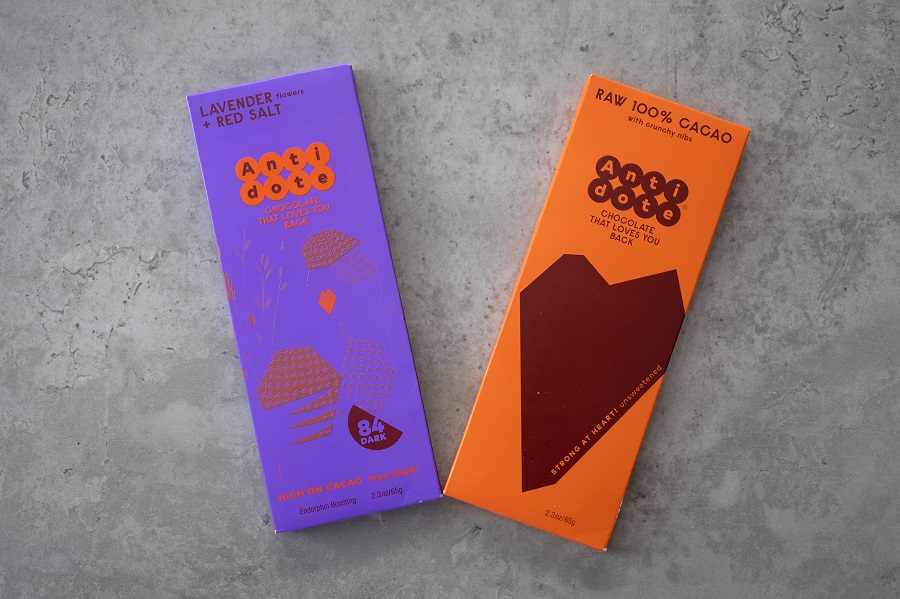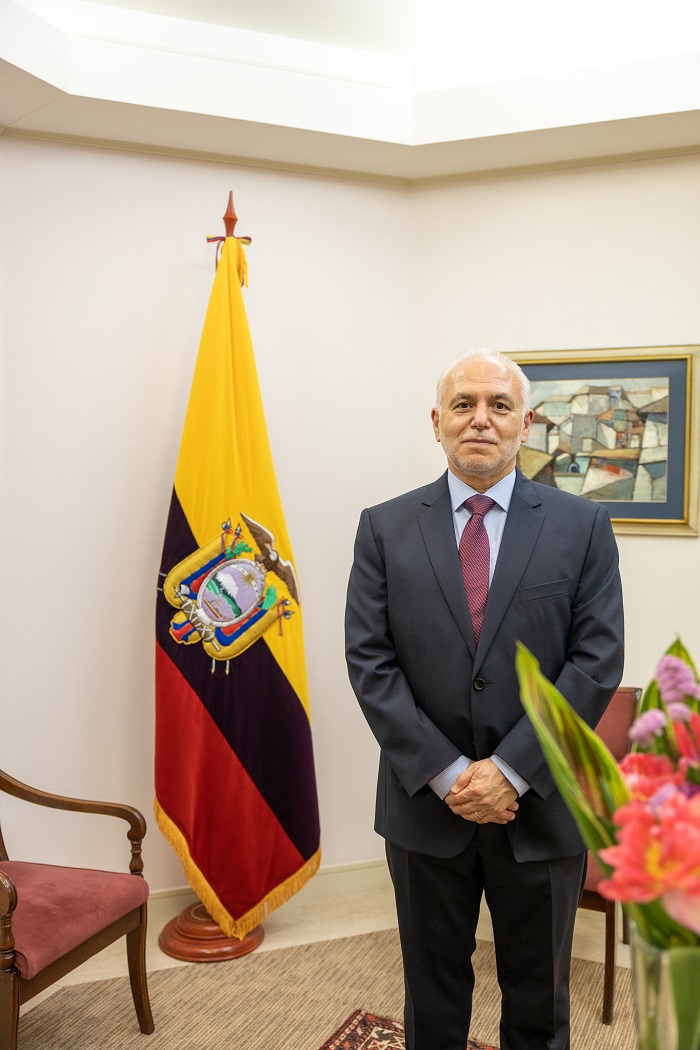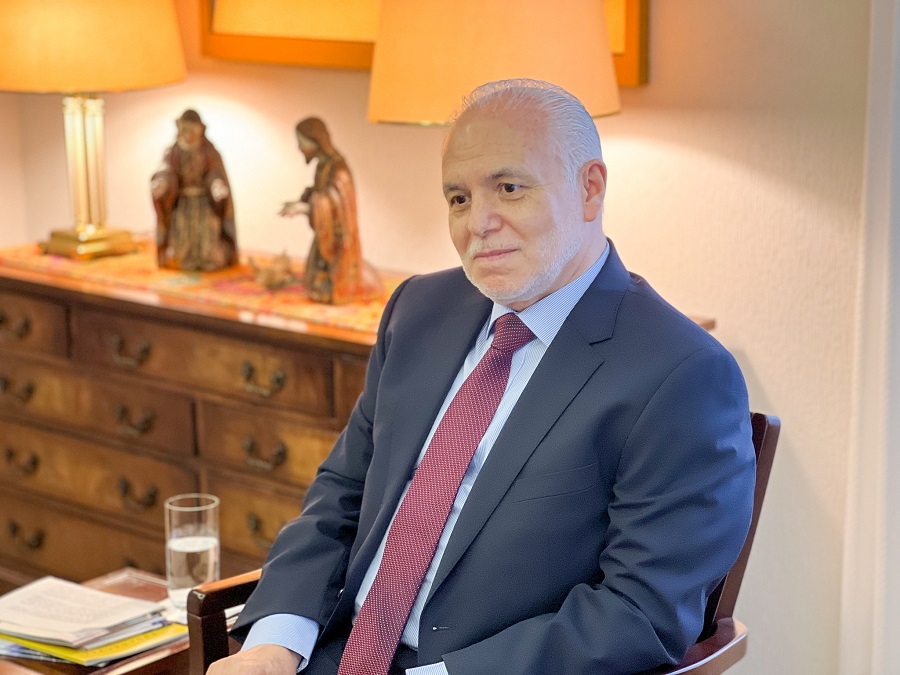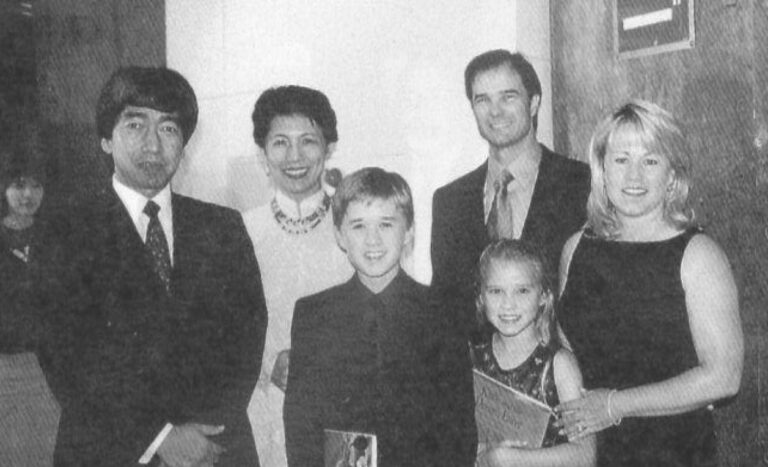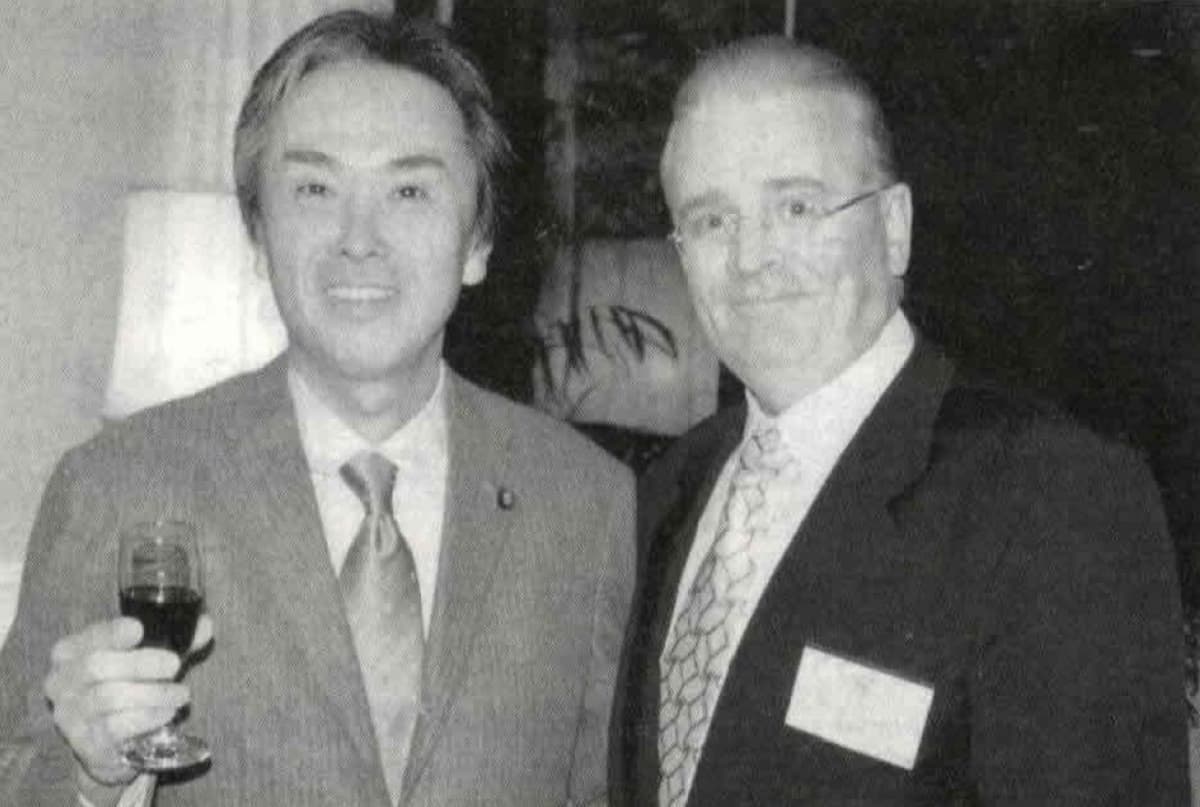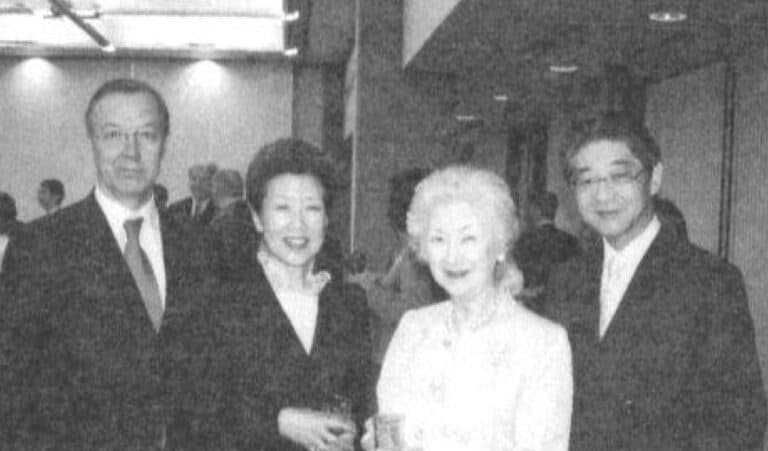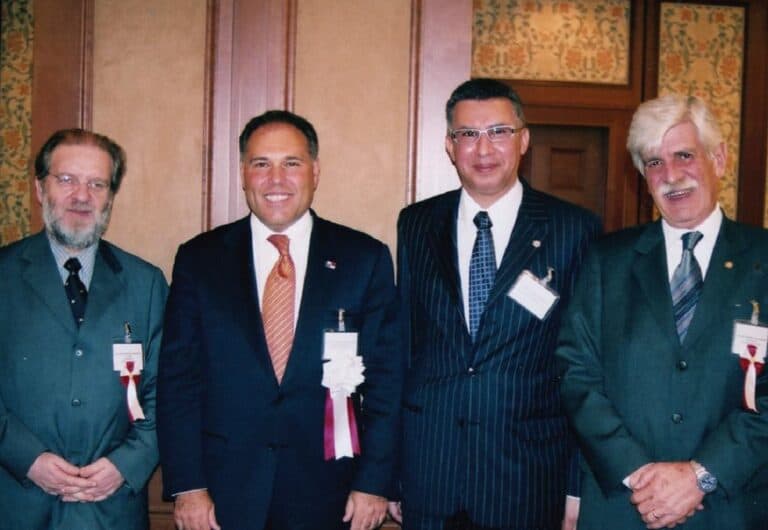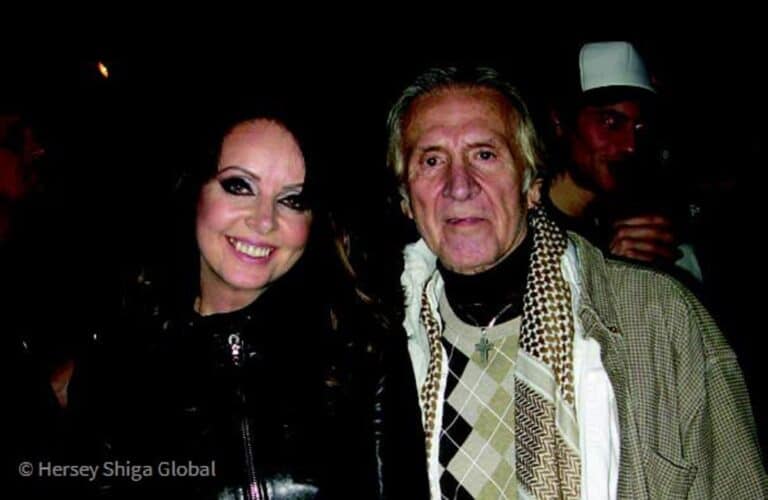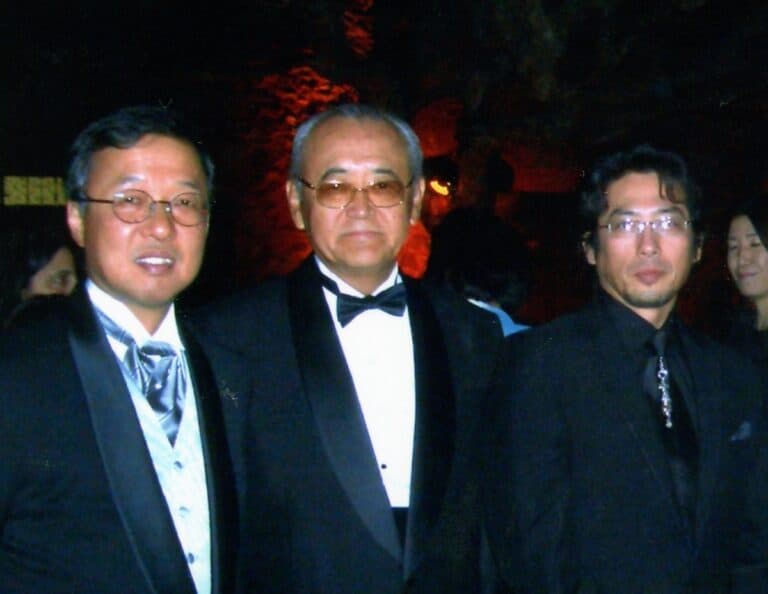[INTERVIEW] with former Ambassador of Ecuador to Japan H.E. Jaime Barberis
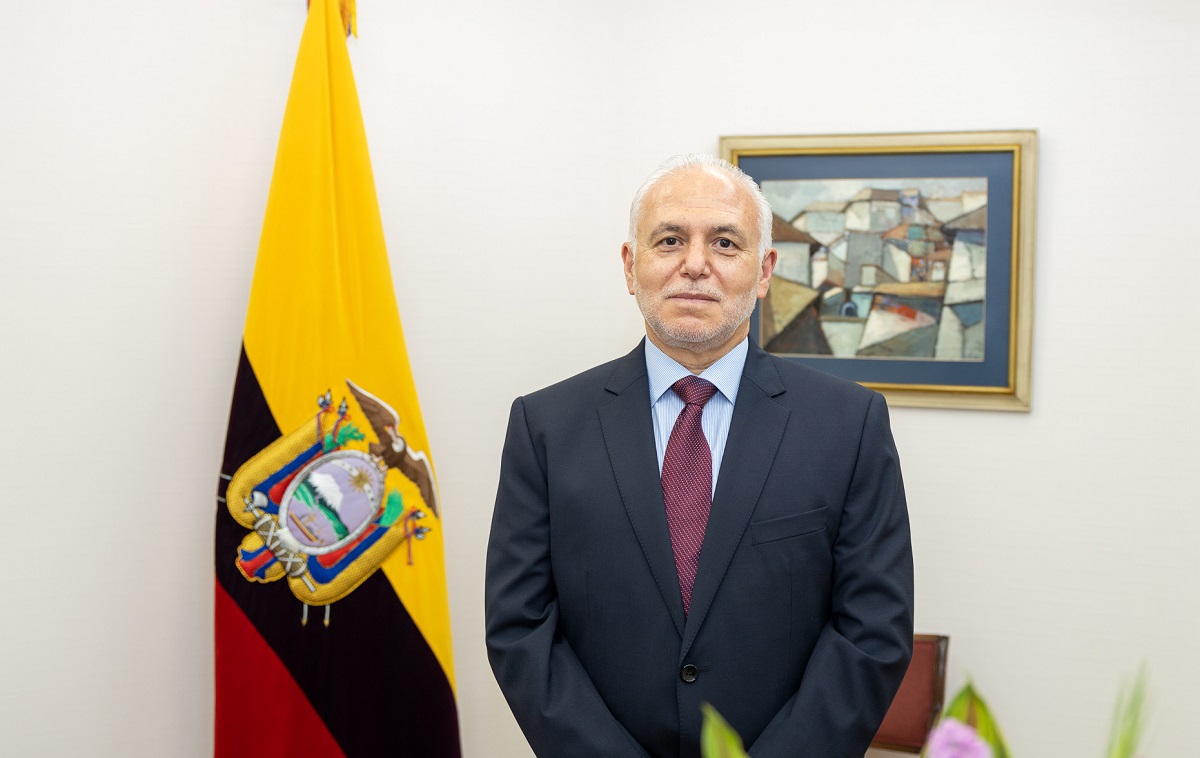
Ecuador, a Country Named After the Equator. Interview with His Excellency Jaime Barberis, former Ambassador Extraordinary and Plenipotentiary of the Republic of Ecuador to Japan has left Japan on April 11, 2022.
In this interview with Ambassador Barberis, we get to learn about the beautiful hub of nature that is Ecuador, as well as the length of the relations between Japan and Ecuador. Ambassador Jaime Barberis also highlights the areas of importance in trade between the two countries, the need to promote tourism, and the reason Ecuador is named after the equator.
>>Read also: Five years with charming Japanese paintings<<
Q: The city of Quito was recognized by the UNESCO’s Cultural Heritage Patrimony as a nature hub. And I heard that your country is also the closest geographic point to the sun.
One of the mountains in Ecuador is called Chimborazo and according to scientific information, if you measure from the center of the earth to the top of this mountain, it will be the closest point.
There are a couple of areas in Ecuador that expats find as very nice places to live, especially in Cuenca asouthern city of Ecuador. They find it very enjoyable because of the good climate, good food and services.
Our country is also very convenient because the ATMs have U.S. dollars. We adopted the US dollar in the year 2000 as the national currency. This was due to the challenges we faced with inflation, so in order to stabilize prices, the government took the decision to adopt the US dollar. It is convenient both for tourism and investment as one of the major priorities of the Ecuadorian government is to attract investment, and this is made simpler with our dollarized economy. One of the most important things a country needs in order to implement their economic policies is currency stability.
Q: Unfortunately, it will soon be the end of your term
Yes, I am a career officer so I am typically given a mission of five years abroad. Then I return home for two to three years after which I receive another assignment. This is the way the Ecuadorian diplomat career works. I’ve been here for five years already, so I will be leaving next month.
Q: But were you happy with the experience in Japan?
It was quite an experience to be able to work to promote the relations of Ecuador and Japan in many areas; politically, economically, and culturally. We (I, my wife and the people who work with me in the embassy) are very satisfied with what we have achieved.
It’s been very interesting. We lived the first three years here pre-pandemic and then two years in different circumstances. But still we have been able to work and advance the bilateral relations between Ecuador and Japan.
Q: What industry was your main focus during these five years;
A: Over the past five years, our main focus has really been on promoting Ecuador in Japan because, as you know, they’re now allowing Japanese society know a little bit more about Ecuador.
We have been promoting political contacts and more interaction between different political spheres, as well as the economy. I believe the economy is more important. Even if trade between Japan and Ecuador is not as big as we would like it to be, we do believe there’s significant potential. Thus, trade has been a priority during these five years, as well as attracting investment and convincing Japanese companies to take a look at the opportunities for investment in Ecuador in different fields. One of such fields that is we consider very important is energy, but the area that has grown the most is agriculture.
Most of the agricultural products that you can find in the Japanese market are also some of the investments of Japan and Ecuador. For example, broccoli comes from Ecuador, with some production and distribution companies being Ecuadorian or mixed Ecuadorian, and other companies being Japanese. They produce just for the Japanese market. Bananas are also important products that come to Japan from Ecuador. Other export products include shrimp, cocoa, byproducts of cocoa, flowers and other food products.
Our country is interested in renewable energy resources and in the past 15 years we have placed great emphasis on producing hydroelectric energy. This led to many concessions to create hydroelectric facilities around the country because our geographic location provides us with water resources in large amounts.
We have also promoted another type of energy with Japan. With the assistance of JICA, the Japan International Cooperation Agency, we are exploring geothermal energy production. However, this will take time.
Also, one of the goals of the embassy is to enable us to join the Comprehensive and Progressive Trans-Pacific Partnership (CPTTP). We have formally presented a request to consider Ecuador to be part of this agreement, but there are many countries that are still in the same situation as us.
We have been working with the authorities of Japan in order to introduce some new products. The products that enter the stores in the Japanese market have been highly appreciated. One of the key products is cocoa which is appreciated by the chocolatiers. The producers of cocoa have collaborations with many stores that are only working with Ecuadorian cocoa. The agricultural field, as I mentioned, is one of the most important areas. We hope to see more advancements in this area. In the case of Ecuador, for example, we were working to introduce the Ecuadorian mango into the Japanese market, and it’s been in the pipeline for more than ten years.
Q: Tell us a little bit about the history of Ecuador and the Japanese friendship. What are the milestones of the countries’ relationship?
In 2018, we celebrated 100 years of the establishment of diplomatic relations between Japan and Ecuador. This was a good year to think about the milestones in the relationship.
About 100 years ago, Japanese scientists welcomed Doctor Hideyo Noguchi who was a well-known bacteriologist in Japan, to assist the Ecuadorian authorities to combat the yellow fever. His mission was very important to detect and save many lives.
One interesting thing I have learned here is that the 1000 yen note bears an image of him based on a photograph taken in Ecuador. When I visited the museum, I also saw the military uniform that was given to Dr. Hideyo Noguchi in Ecuador; they gave him the rank of colonel (military rank) of the Ecuadorian army for his assistance in the medical field.
This was the beginning of the cooperation and relations between Ecuador and Japan which makes it a very important milestone.
During my tenure, one of the important events that occurred was the visit of Lenín Moreno, the president of Ecuador in 2018. He was here precisely because of the commemoration of the 100 years of the establishment of diplomatic relations. Another notable event was the first visit of Taro Kono, a minister of foreign affairs of Japan to my country.
The participation of the Ecuadorian delegation in the Tokyo Olympic and Paralympic Games 2020 in 2021 was also an important event. We have three medals in the Olympic Games and three medals in the Paralympics.
One of them was in cycling. I was elated because right at the beginning of the Olympic Games, the Ecuadorian cyclist won in an open cycling race.
Q: Your country is special, as it recognized as #1 and #2 by UNESCO’s great heritage. What do the Galapagos Islands represent to your country?
We promote tourism to Ecuador as a whole, not just Galapagos.
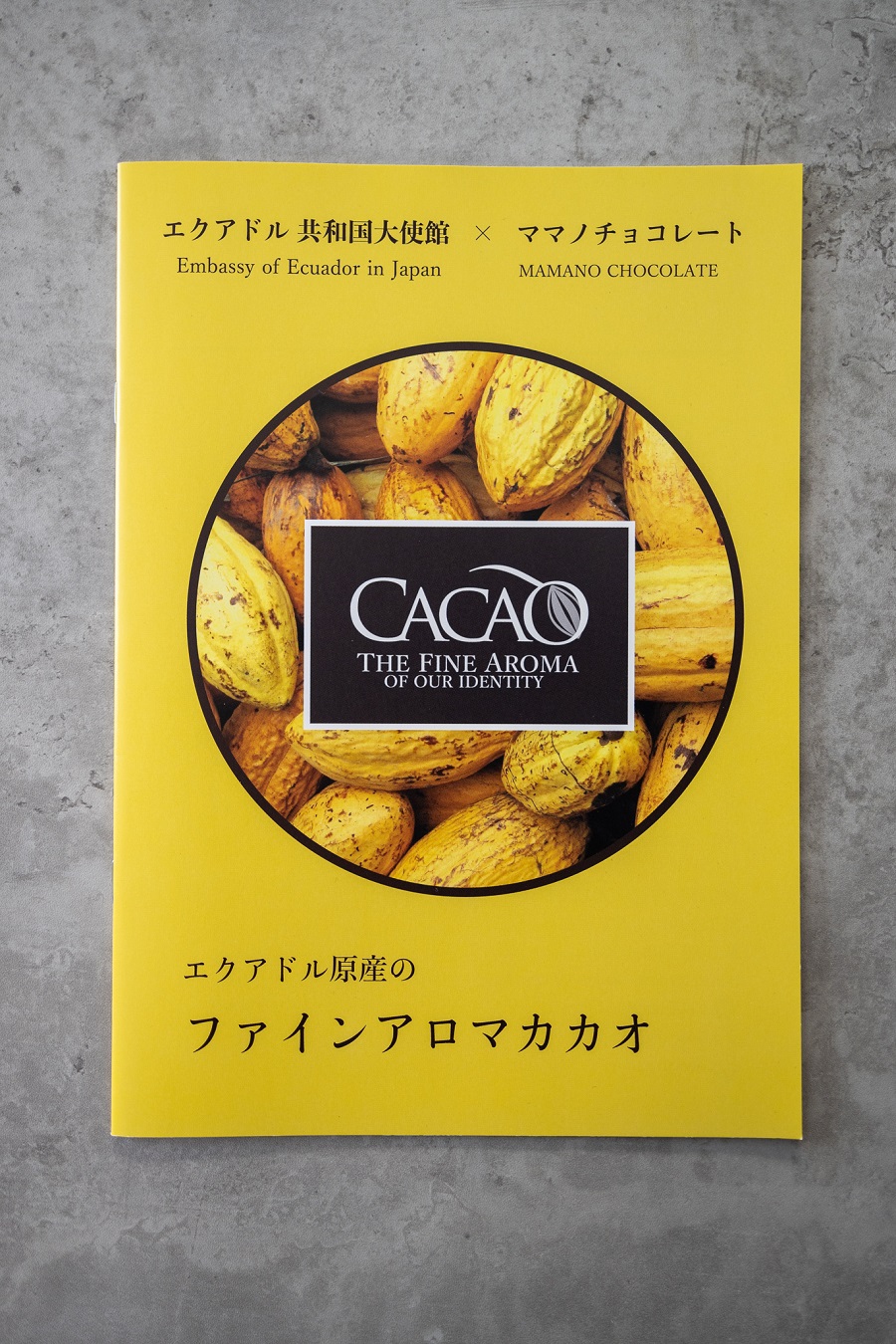
Ecuador has four different regions: very defined regions. Since it’s not a big country, one can visit most of the regions in a very short time. We have for example, the Avenue of Volcanoes. Humboldt, the German Explorer, is known to have explored Ecuador, and while he was there, he was impressed by the number of volcanoes and active mountains. He then named it the Avenue of Volcanoes.
We also have the Cotopaxi, an active strata-volcano in Ecuador, which is about 5800 meters above sea level. To give you an idea, Mount Fuji is about 4000 meters above sea level, but this is about 2000 meters more. Then we have the different regions in the coastal region, the Andean region, the Amazonic region and the Galapagos.
Of course, many tourists love nature. We have many endemic birds and bird watching is a very important activity for tourists in Ecuador. Another common activity is whale watching at certain times of the year in the coastal part of Ecuador, near the Manabi province.
People also appreciate the handicrafts in Ecuador. One of them is the toquilla straw hat popularly known to be from Panama. When the canal of Panama was being constructed, the workers protected themselves from the sun using the hats that came from Ecuador. These hats are handmade in Ecuador, they are very popular and very good for protection from the sun.
The quality of the hats depends on the knitting. Some very good hats feel like a napkin because of how many knots they have. It takes about three to six months to make and this is because it’s only possible to work with straw in that quantity for 2 or 3 hours a day when the climate is right.
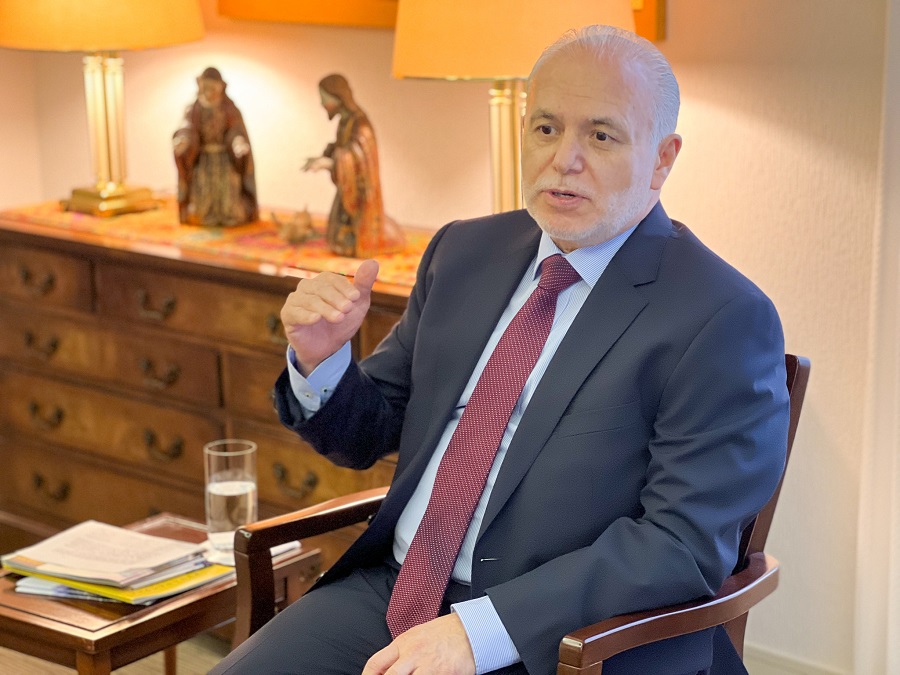
Toquilla hats were made famous because some important people used it while in Ecuador, such as President Roosevelt when he visited the Panama Canal, Richard Nixon and Ernest Hemingway.
Q: How do you foresee the future of tourism for Ecuador and how can it be further promoted?
Ecuador believes that tourism is a high-potential area of development and our government has allocated the necessary funds to promote tourism to Ecuador. One of the areas we know that needs a lot of work is the Asian Pacific, because of many factors including connectivity.
Japanese people have very few days a year to take away. And it takes a day to arrive in Ecuador and another day to come back. So there are two days that they’re flying, which leaves little time to actually spend in Ecuador. This is often a bit of an issue.
The government is exploring ways to increase the possibility of receiving more tourists from different regions.
Q: Is it true that the official language Spanish, but you have about 13 or 14 different dialects.
We have 17 million people in Ecuador but most of the population are mestizos. This refers to people who are a mixture between European and indigenous people. But we have many indigenous communities that have their own languages, customs, way of life and their own language.
Q: You were one of the first countries to respect and acknowledge the rights of nature.
Yes, this is something that we have established in the Constitution. Nature has rights under the government, and the policies that are adopted need to preserve nature. We have a large percentage of national parks in Ecuador and there are a lot of activities to enjoy that involve nature. There is undoubtedly a high consciousness about the necessity of preserving nature in Ecuador.
Q: Your country is named after the equator.Could you tell us more about this?
Yes, in Ecuador, about 13 kilometers away from Quito, the capital, you can visit la Mitad del Mundo, a site where the latitude is 0 degrees 0 minutes 0 seconds, that allows to be in the north hemisphere and the south hemisphere at the same time. This geographical fact is one reason why my country is called the Republic of the Ecuador.
About H.E. Mr. Jaime Barberis
Ambassador Barberis was the Ambassador of Ecuador to Japan, from March 2017, with 2022 marking his 5th year having served as Ecuadorian head of mission in Japan. Prior to this he was the Ambassador of Ecuador to Hungary from 2010 to 2015. He has also held several other diplomatic positions including Minister Deputy Permanent Representative of Ecuador to the Organization of American States from 2004 to 2005, and Consul General in Hamburg, Germany from 2001 to 2004. H.E. Jaime Barberis is a seasoned diplomat who has been a career diplomat since 1979; he initially served as the Second and First Secretary of the Embassy of Ecuador in Austria and of the Permanent Mission of Ecuador to the United Nations Office in Vienna from 1982 to 1985.
His work in the Ministry of Foreign Affairs spans across being an Ambassador for the United Nations System Department in Quito in 2015, and Undersecretary for North America and Europe from 2016 to 2017.
Embajada del Ecuador en Japón : Facebook
Embajada del Ecuador en Japón : Instagram
【Read more】
- Chocolate made from Ecuador’s finest rare cacao, Alibaba cacao, is now on sale in Japan!
- Five years with charming Japanese paintings
- The Beauty and Intricacies of Learning Japanese Art
- The Japan Association for Promotion of Latin America and the Caribbean

